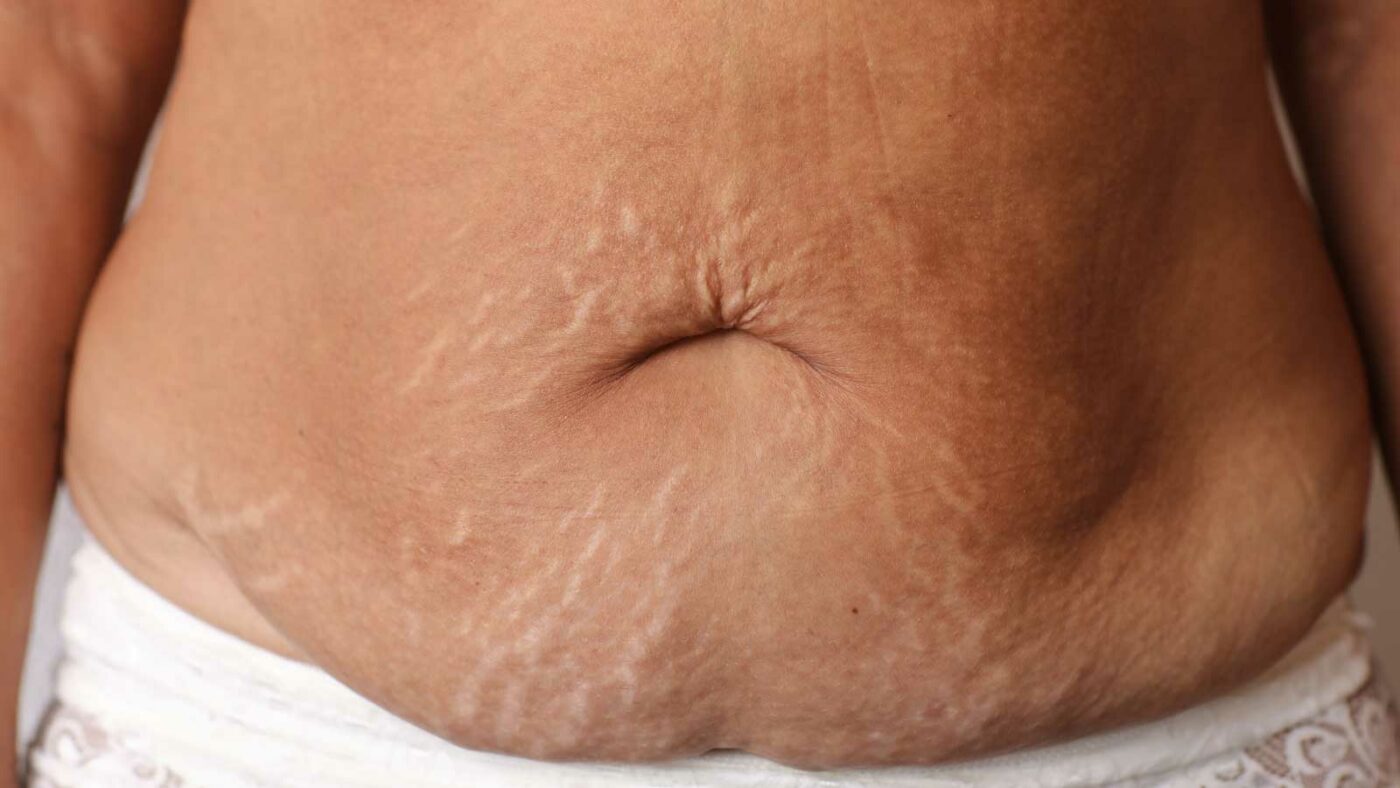Losing a significant amount of weight is a remarkable achievement that can lead to improved health, increased confidence, and a better quality of life. However, one of the common challenges that many individuals face after substantial weight loss is excess skin. While it’s a testament to your hard work and dedication, excess skin can be a source of frustration. If you’re wondering how to get rid of excess skin after weight loss, you’re not alone. In this comprehensive guide, we’ll explore effective tips and options to help you achieve a more comfortable, contoured, and confident post-weight loss body.
Understanding Excess Skin After Weight Loss
Excess skin, also known as loose or sagging skin, is a common issue after significant weight loss. When you lose weight, your skin may not always shrink to match your new body size, leading to sagging and loose skin. Factors like age, genetics, and the rate of weight loss can influence how much excess skin you may have.
1. Gradual Weight Loss
One of the most effective ways to minimize excess skin after weight loss is to aim for gradual weight loss. Rapid weight loss, especially through extreme diets or surgeries, can increase the likelihood of sagging skin. Losing weight at a steady, sustainable pace allows your skin to adjust more naturally.
2. Stay Hydrated and Moisturized
Proper hydration and moisturizing are essential for skin health. Staying well-hydrated can help your skin maintain its elasticity. Use moisturizers that contain ingredients like hyaluronic acid or shea butter to keep your skin soft and supple.
3. Build Muscle Through Strength Training
Strength training is a valuable tool for tightening and toning loose skin. As you build muscle, it can help fill out some of the areas where you have excess skin, giving you a more contoured appearance.
4. Maintain a Healthy Diet
A balanced diet rich in nutrients can support your skin’s health. Focus on foods that are high in antioxidants, vitamins, and protein, which can help your skin look its best.
5. Protect Your Skin from the Sun
Exposure to the sun’s harmful UV rays can contribute to skin aging and a loss of elasticity. Always wear sunscreen when you’re outside, and consider using protective clothing like hats and long sleeves.
6. Body Contouring Procedures
For many individuals dealing with significant excess skin, non-surgical methods might not provide the desired results. Body contouring procedures, such as a tummy tuck (abdominoplasty), arm lift (brachioplasty), or thigh lift, can be effective solutions. These surgeries remove excess skin and create a more toned and contoured appearance.
7. Excess Skin After Weight Loss: Consult with a Plastic Surgeon
If you’re considering body contouring procedures, it’s crucial to consult with a board-certified plastic surgeon who specializes in post-weight loss surgeries. They can assess your unique case and provide recommendations tailored to your specific needs.
8. Excess Skin After Weight Loss: Post-Surgery Care
After a body contouring procedure, it’s essential to follow your surgeon’s post-operative care instructions diligently. This includes wound care, managing pain and swelling, and wearing compression garments as instructed.
9. Be Patient
Achieving a fully contoured body after significant weight loss can take time. Be patient and remember that results may continue to improve over several months post-surgery.
10. Maintain Your Healthy Lifestyle
To prevent new weight gain and maintain your results, continue with a healthy lifestyle that includes regular exercise and a balanced diet. This will help you enjoy the benefits of your weight loss journey for years to come.
Excess Skin After Weight Loss: When to Consider Surgery
While non-surgical methods and gradual weight loss can help minimize excess skin, surgery may be the most effective option for individuals with significant loose skin. If your excess skin is causing physical discomfort, limiting your mobility, or affecting your self-esteem, it might be time to consult a plastic surgeon.
Conclusion
Excess skin after weight loss is a common concern, but it’s a challenge that can be addressed with the right approach. By following these tips and seeking professional guidance when necessary, you can achieve a more contoured, comfortable, and confident body. Remember that the journey to a healthier, happier you is not just about losing weight; it’s about feeling your best and embracing your new lease on life.





